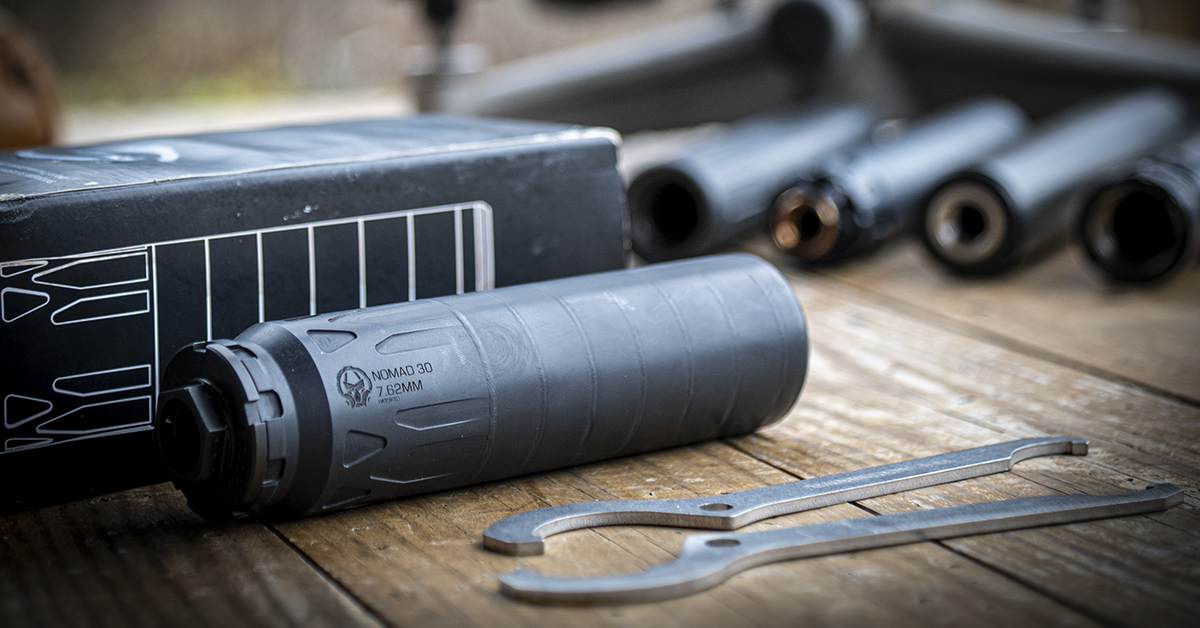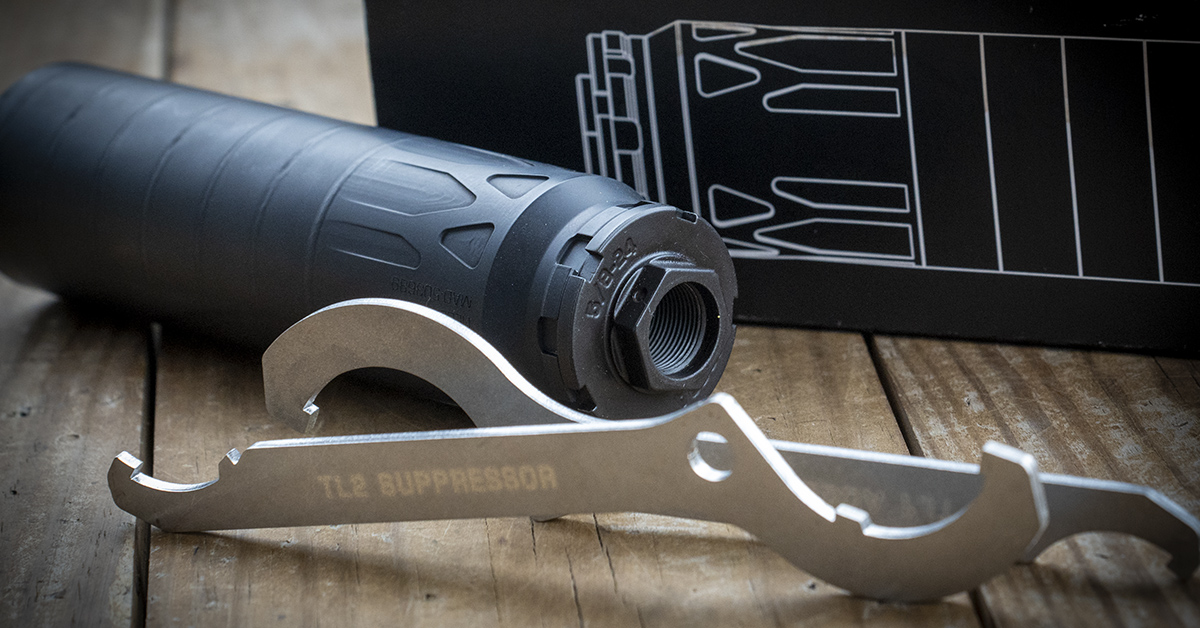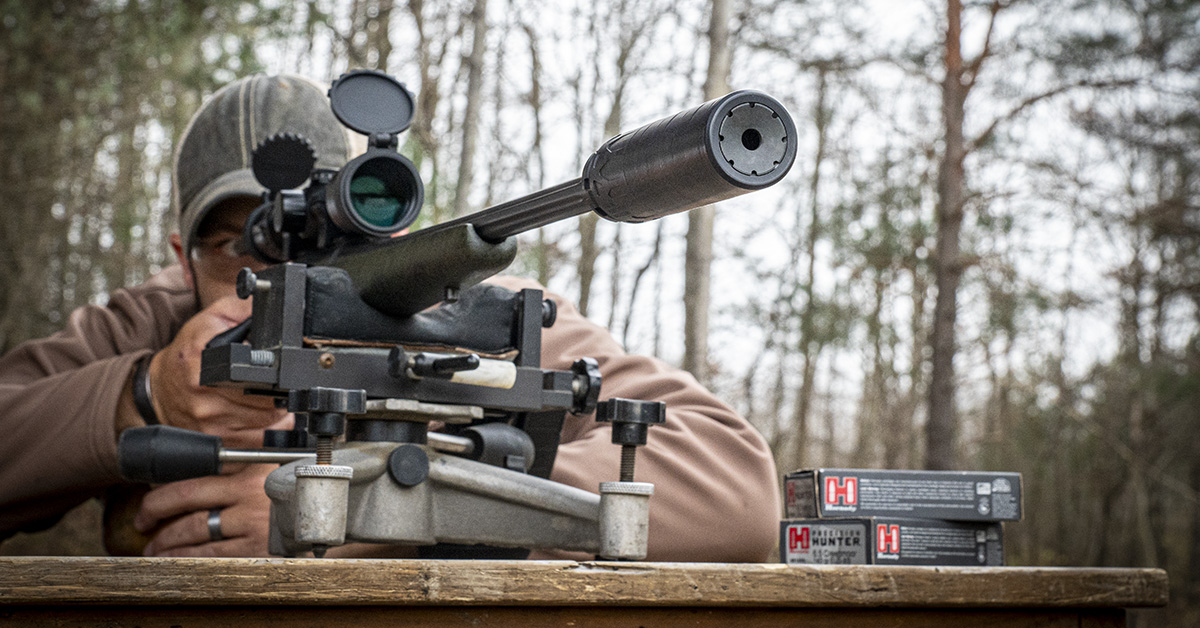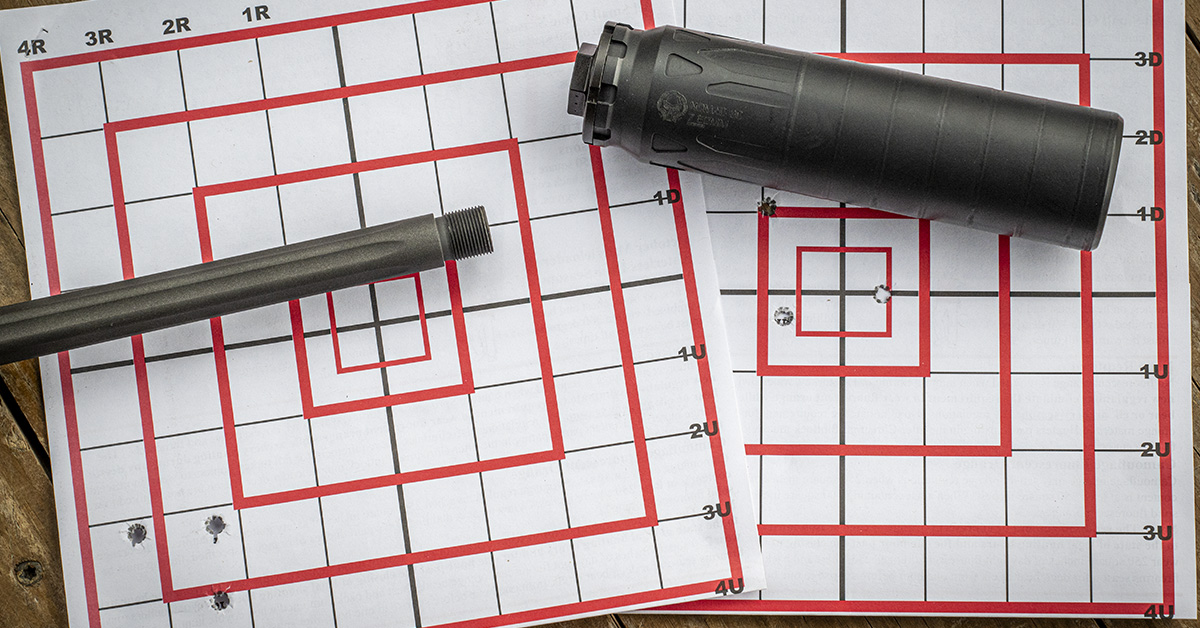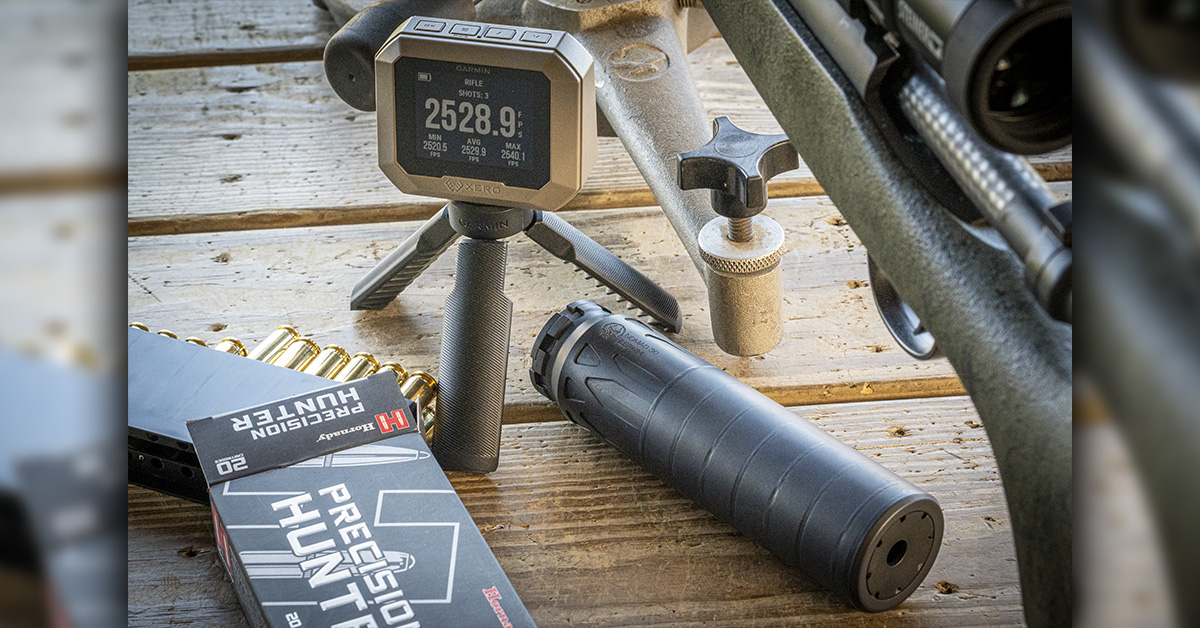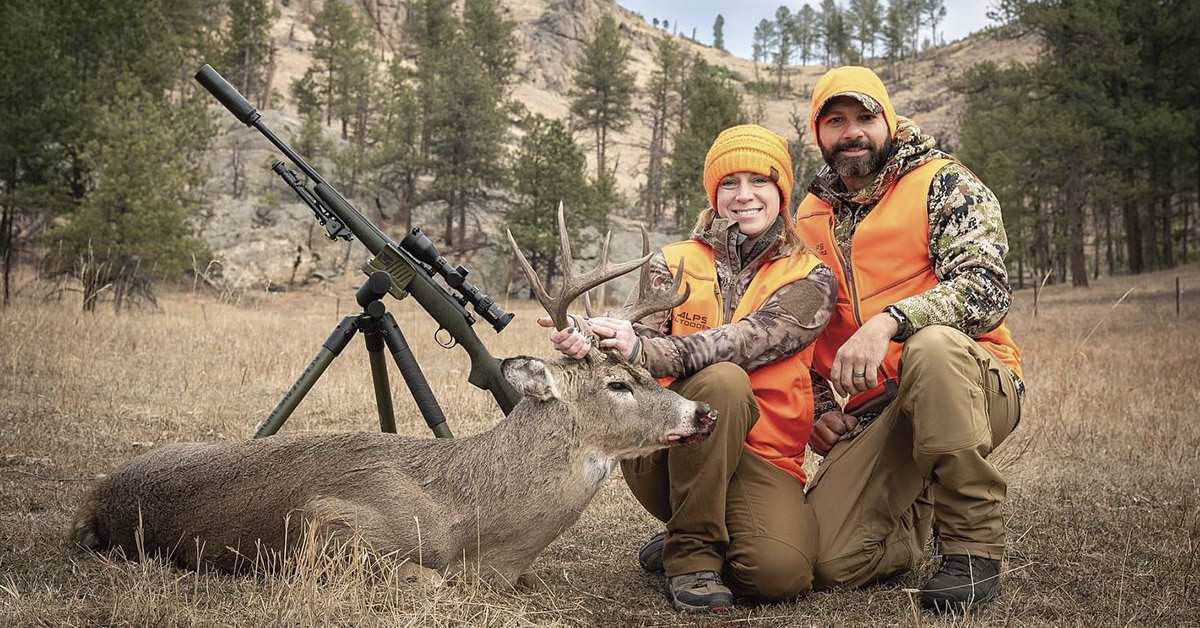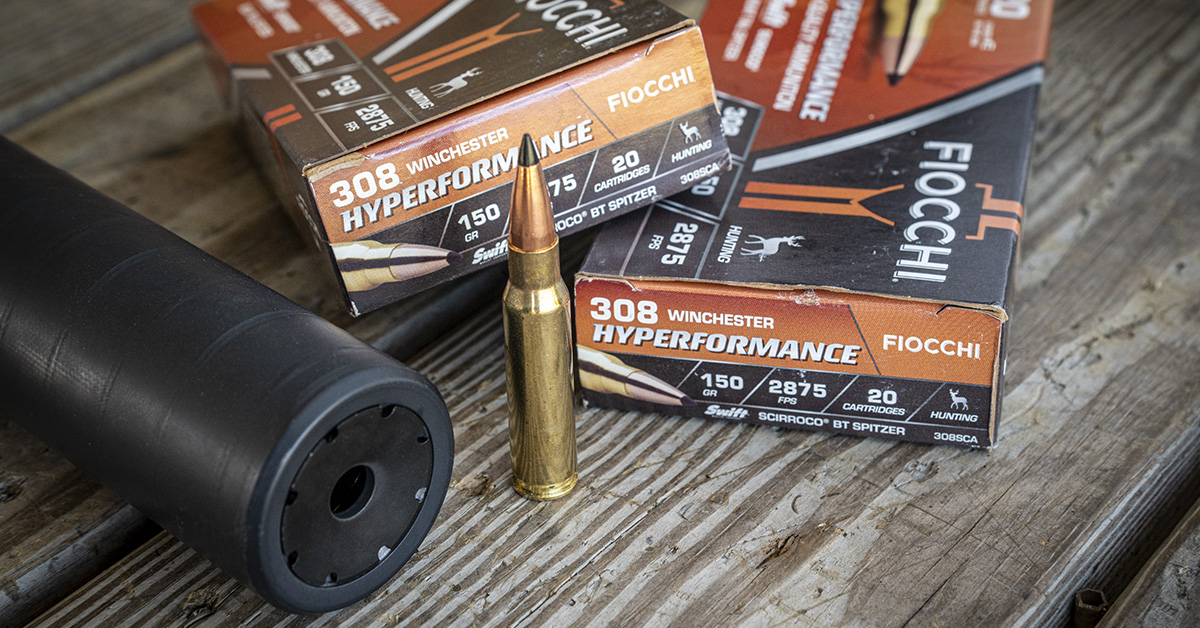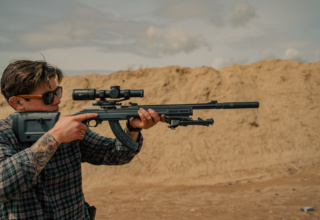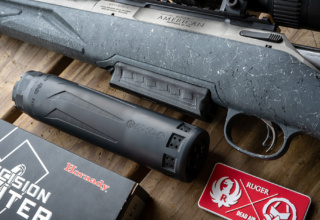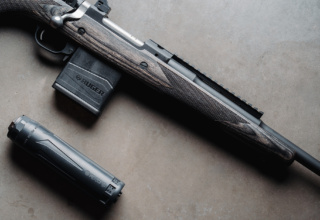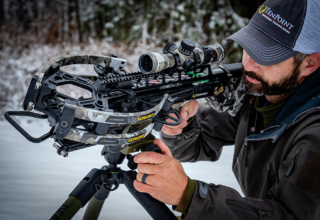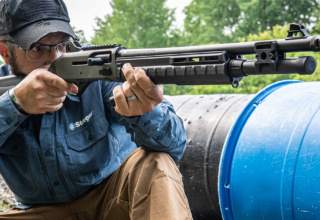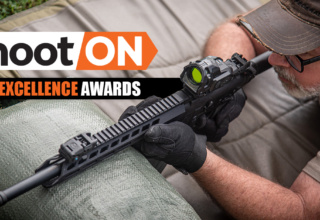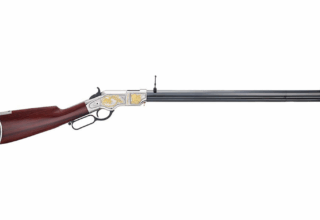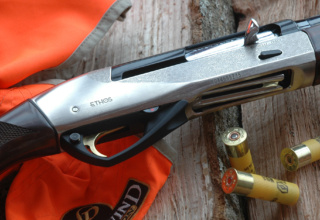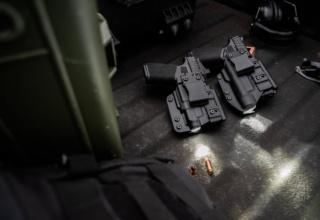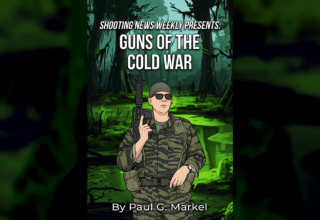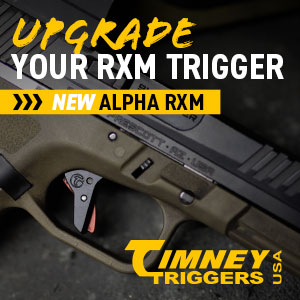You’ve decided that now is the time to buy a suppressor. Next…how do you determine which best fits your needs?
by David Kelley
Although suppressors are commonly seen and used today by recreational shooters and hunters, a range session with this NFA item is still likely to draw some attention. Most recently, while gathering trajectory data for several scoped rifles, many repeat comments and questions arose from shooters down the firing line. I most often hear, “I can’t believe how much muzzle blast is removed,” and “It sure looks like the recoil is reduced,” or “I bet you had to wait a long time for the ATF approval.”
One of our recent articles by Shoot ON contributor Brad Fitzpatrick detailed the history and increase of suppressor ownership, benefits, and the how-to of navigating through the purchase process for your first NFA item. If suppressor buzz piqued your interest, you may have followed up by beginning scratch-the-surface research of current suppressor manufacturers and the overall status of the industry. A first-time purchaser will quickly realize that the climbing number of suppressor users has allowed brands to add designs and features that appeal to a wider range of recreational shooters, tactical purposes, and hunters in comparison to a few decades ago.
Manufacturers have reengineered cans to reduce size and weight that meet or exceed earlier suppression levels. Most have developed or improved proprietary devices for rapid attachment to the barrel in addition to expanding direct-thread options. Many cans are now fully modular with interchangeable front caps for various bore sizes and options to reduce length by removing several inches from the end of the suppressor for situations where a minimal profile is a priority. The options are near endless, and all preferences are specific to your use. There are small tradeoffs with choices. As an example, shortening a modular suppressor will sacrifice some decibel reduction, but it is gentler on the ears than a brake while still reducing some recoil and impulse.
The first hurdles are understanding benefits and committing to buy. The next dilemma is what to buy. Prior to shelling out a handsome monetary figure for the suppressor plus an added $200 paid to the federal government, I encourage you to fully research all options and decide which suppressor best fits your overall needs to maximize the return on your investment. Here are several points of interest and considerations to get your gears turning, specific to centerfire rifles.
Options Galore
You can get away with a larger baffle and front cap diameter than you need, but not the other way around. My first centerfire can was purchased in 2008, and I had intended on solely using the suppressor as a varmint hunting accessory. Against the advice of a trusted friend and local NFA dealer, I opted for a can that restricted use to .22 caliber cartridges. This saved some weight compared to other options available at that time and I figured, “I’ll never put a suppressor on a larger diameter cartridge, anyway.” After that first year of use, it was clear that a .30 caliber can was the right answer, as I was losing interest in firing any centerfire rifle unsuppressed. A second suppressor was purchased for .30 caliber magnums and the approval forms delivered a long 14 months later. That was not a quick, inexpensive lesson but it did allow the smaller quick-detach suppressor to rotate across a variety of rifles with the direct-thread magnum-rated suppressor left on a dedicated long-range “beanfield” rifle.
I’ve owned and currently use direct-thread (DT) and quick-detach (QD) suppressors. There are advantages and disadvantages to each. The DT are most often offered in 1/2″x28 TPI and 5/8″x24 TPI — two common sizes for factory threaded muzzles. The DT suppressor attaches directly to the barrel with approximately one dozen turns to secure onto the muzzle threads. A QD device is an entirely separate piece that is properly torqued and often Rocksett-adhered to the factory muzzle threads. They use a much coarser external thread or locking system to attach the suppressor. The QD is great for speedier attachment of the can, and the best choice for semi-automatic rifles. With a QD device Rocksett to the muzzle and the suppressor mechanically locked on, the suppressor, theoretically, has less chance of working loose and misaligning from the centerline of the rifle bore during rapid fire.
Dimensions and materials are, again, specific to individual needs. If your rifle barrel is much over 20 inches and you plan on woods hunting with a suppressor attached, search for an item that will keep overall firearm length and weight within your comfort zone. Again, be aware that the shortest cans on the market may not suppress muzzle blast as well as their larger-volume siblings. If light weight is an absolute requirement, consider researching titanium construction. Added length and weight are lesser factors if isolated to rifles fired from a mechanical rest compared to a firearm that is shoulder-slung for miles in rough terrain or when navigating through thick forest.
Range Time and Hunting Season
This year, I’ve had some hands-on with a Dead Air Nomad 30 in direct-thread configuration. The Nomad 30 is somewhat of a “jack-of-all-trades” suppressor. The bore diameter is .30 caliber and is factory rated to handle up to .300 Norma Magnum. Dead Air does offer interchangeable front caps for the Nomad 30 in 5.56mm, 6.5mm, and 7.62mm. Additionally, the suppressor can be easily adapted to QD via Dead Air’s “HUB” system. The rear of the suppressor is removed with the provided wrenches and the direct-thread part is replaced with a KeyMo adapter for use with Dead Air’s KeyMo muzzle brake.
Preparing for the 2024 deer hunting seasons, I attached a Nomad 30 to a 308 Winchester and 6.5 Creedmoor. Placed on the 20-inch barrels of each, the 6.5-inch Nomad 30 does not extend the muzzle an unreasonable amount for most uses. The 14.5-ounce weight is noticeable yet is very manageable on what were lighter weight rifles prior to attachment.
The rifles were both fired at 200 yards with the suppressor attached to establish zero and to check velocity. Afterward, the suppressor was removed and both fired without the can to note any group shift and velocity change. Three-shot groups were equally sized with and without the suppressor attached. The zero did shift 1.5 MOA low and 1.5 MOA left with the 6.5 Creedmoor and 2 MOA high with the .308 Win. The shifts were consistent and proven by removing and reattaching the Nomad 30 between shots for each rifle after the initial groups were fired.
Velocity change was negligible at less than 30fps lost with the Nomad 30 attached. The Garmin Xero C1 chronograph did not read any change in standard deviation and extreme spread.
The suppressor drastically reduced noise level and recoil significantly dropped, which were both “knowns” from years of general suppressor use. Self-spotting and hearing impact on steel was much more attainable at all distances to the available 500-yard targets.
To best describe supersonic suppressed sound, imagine more of a whip crack echoing downrange (bullet breaking the sound barrier ahead of the shooter) compared to the “boom” at the ear of a typical muzzle blast. Prior to my latest travel, I fired three shots on my backyard range with a Franchi Momentum Elite chambered for .308 Winchester. In the middle of a home renovation, I let our contractor know that I’d be firing a few shots less than 50 yards from the building that he was working in. Not being familiar with suppressors, he assumed that I had fired a high-velocity 22LR.
A similar event occurred on a Nebraska Sandhills deer hunt. During the recovery of my whitetail buck, a hunting partner also equipped with a Nomad 30 was presented with a shot opportunity that the guide and I were both able to audibly witness. When we heard the suppressed shot followed by the unmistakable “thump” of bullet impact, we both grinned. The guide immediately commented on the reduced signature of the shot. He’s likely to buy one for himself after experiencing that hunt.
At a $949 MSRP with the 5/8″x24 fixed mount and actual shelf price of around $800, the Nomad 30 is a great performer for a hunting rig, precision rifle, or a full-auto range day.
Make Your Move
Review cartridge and bore diameter ratings, select DT or QD, and decide physical size requirements. Contact a dealer to purchase the item, file the forms, and patiently wait for your approval. The ATF is currently averaging 26 days for electronically filed Form 4 approvals.
Now that you have a mental checklist of what to look for, get after it!
- FIELD TEST: TenPoint TX Ultra 29.5 Crossbow - December 16, 2025
- TESTED: Ruger/Dead Air RXD 30Ti Suppressor - November 3, 2025
- TESTED: Stoeger M3000 Freedom Series Tactical - September 17, 2025

